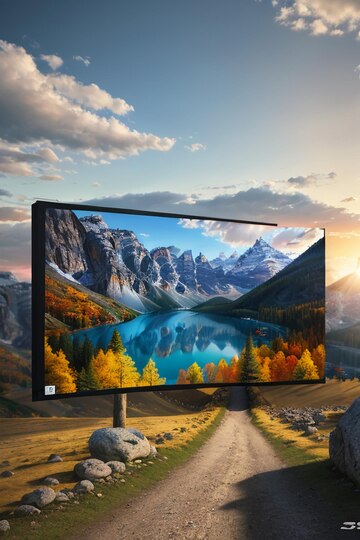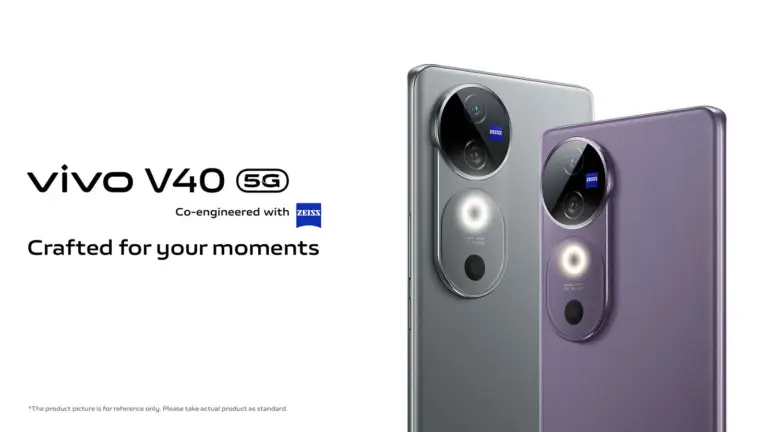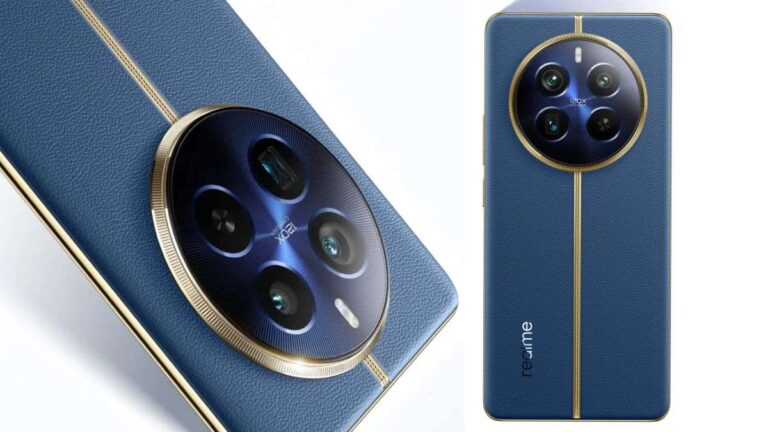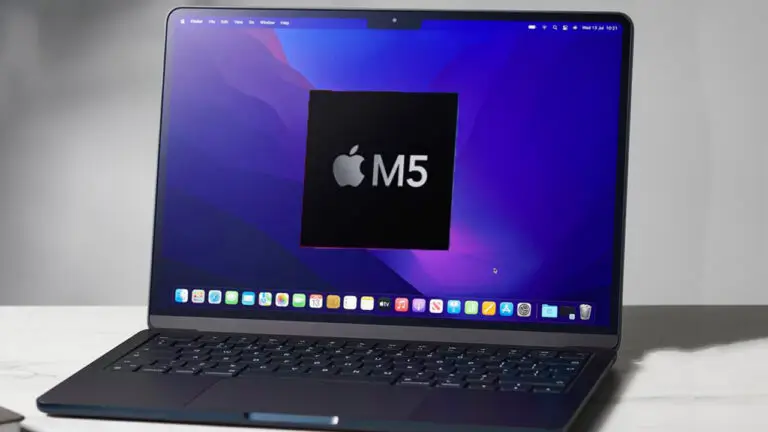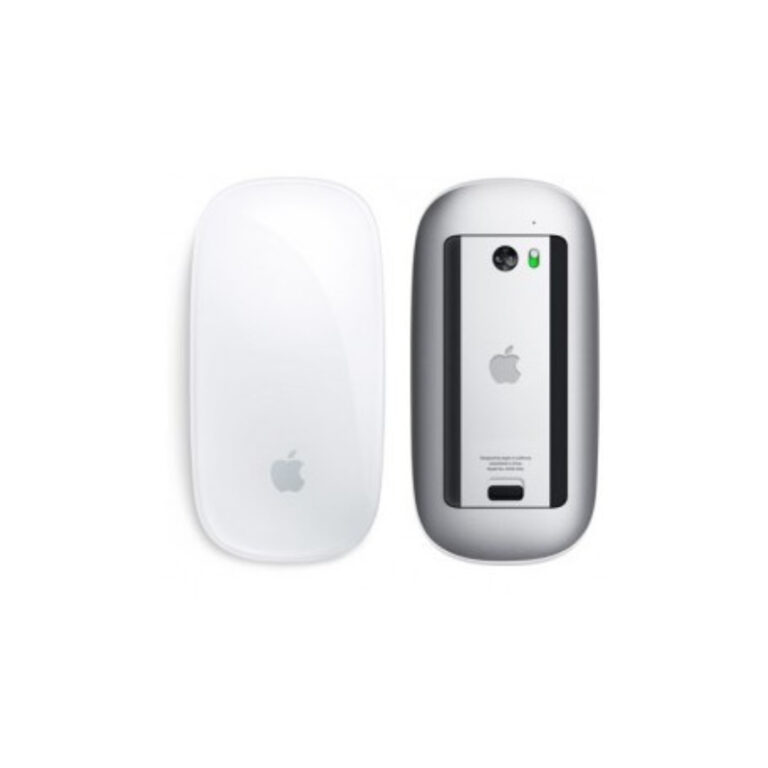Samsung Shocks the Tech World with the 1st QD-LED Display – Here’s What You Need to Know
- Introduction
- What is QD-LED?
- Definition and basics of QD-LED technology
- Difference between QD-LED and other display technologies
- The Science Behind QD-LED
- How Quantum Dots work
- Integration of Quantum Dots in LED displays
- Advantages of QD-LED Displays
- Superior color accuracy
- Enhanced brightness and contrast
- Energy efficiency
- Comparison with OLED and Traditional LED
- Differences in performance
- Advantages and disadvantages of each technology
- Samsung’s Innovation Journey
Samsung’s Innovation Journey
- Historical context of Samsung’s display technology advancements
- Key milestones leading to the development of QD-LED
- Technical Specifications of Samsung’s QD-LED Display
- Resolution and color gamut
- Brightness and contrast ratios
- Lifespan and durability
- Applications of QD-LED Technology
- Potential uses in consumer electronics
- Applications in professional and industrial fields
- Impact on the Consumer Market
- Changes in consumer expectations
- Influence on competitor products
- Future Prospects and Developments
- Potential future advancements in QD-LED technology
- Predictions for the next generation of displays
- Samsung’s Market Strategy
- Marketing and sales strategies for QD-LED displays
- Target markets and demographics
- Consumer Reception
- Initial reviews and feedback
- Early adoption trends
- Environmental Impact
- Eco-friendly aspects of QD-LED
- Recycling and disposal considerations
- Challenges and Criticisms
- Technical and market challenges
- Criticisms and concerns from consumers and experts
- Conclusion
- Summary of key points
- Final thoughts on the future of QD-LED technology
Samsung Introduces World’s First QD-LED Display in Detail
Introduction
In a monumental leap for display technology, Samsung has introduced the world’s first Quantum Dot Light Emitting Diode (QD-LED) display. This innovation promises to revolutionize the way we experience visual media, combining the best aspects of existing technologies while introducing unprecedented enhancements in color, brightness, and energy efficiency. This article dives deep into the intricacies of QD-LED technology, exploring its advantages, applications, and the impact it is set to have on the market.
What is QD-LED?
Quantum Dot Light Emitting Diode (QD-LED) technology represents a significant advancement in display technology. Unlike traditional LEDs that use a combination of red, green, and blue LEDs to create white light, QD-LEDs utilize quantum dots to produce pure, highly saturated colors directly. This allows for more accurate color reproduction and higher efficiency.
The Science Behind QD-LED Tv
Quantum dots are nanometer-sized semiconductor particles that emit light when energized. The color of light emitted depends on the size of the quantum dots, with smaller dots emitting bluer light and larger dots emitting redder light. By integrating these quantum dots into LED displays, Samsung has created a display that offers superior color accuracy and brightness compared to traditional LEDs and OLEDs.
Advantages of QD-LED Displays
One of the most notable advantages of QD-LED displays is their superior color accuracy. The use of quantum dots allows for a broader color gamut and more precise color rendering. Additionally, QD-LEDs offer enhanced brightness and contrast, making images more vivid and lifelike. They are also more energy-efficient, which means longer battery life for portable devices and lower power consumption for larger screens.
Comparison with OLED TV and Traditional LED
When comparing QD-LED to OLED and traditional LED technologies, several differences become apparent. OLED displays are known for their deep blacks and high contrast ratios, as each pixel emits its own light and can be turned off completely. However, OLEDs can suffer from burn-in and have a shorter lifespan compared to QD-LEDs. Traditional LEDs, while durable and bright, do not offer the same color accuracy or efficiency as QD-LEDs. QD-LEDs combine the best of both worlds, providing vibrant colors, high brightness, and energy efficiency without the drawbacks of OLED technology.
Samsung’s Innovation Journey
Samsung’s journey towards QD-LED technology has been marked by several key milestones. From the early days of LCD and LED displays to the recent advancements in OLED, Samsung has consistently pushed the boundaries of display technology. The development of QD-LED is a testament to Samsung’s commitment to innovation and excellence in the field.
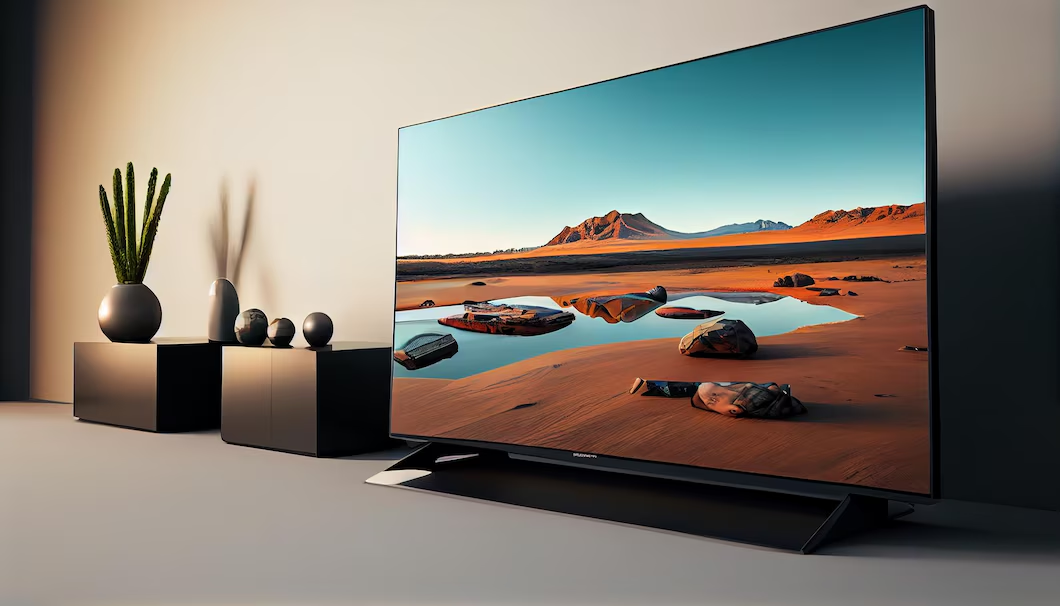
Technical Specifications of Samsung’s QD-LED Display
Samsung’s QD-LED displays boast impressive technical specifications. They offer ultra-high resolution, often surpassing 4K and moving towards 8K. The color gamut is broader than ever, covering nearly the entire DCI-P3 color space. Brightness levels exceed 1,000 nits, providing exceptional visibility even in bright environments. The contrast ratio is also significantly higher than traditional displays, making for deeper blacks and more vibrant colors. Additionally, the lifespan of QD-LED displays is longer, thanks to the stable nature of quantum dots.
Applications of QD-LED TV Technology
The applications of QD-LED technology are vast and varied. In consumer electronics, QD-LED can be found in televisions, monitors, and smartphones, providing a superior viewing experience. In professional fields, QD-LED displays are used in medical imaging, graphic design, and video production, where color accuracy and detail are critical. Industrial applications include digital signage and control panels, where durability and visibility are paramount.
Impact on the TV Consumer Market
The introduction of QD-LED displays is set to redefine consumer expectations. With superior performance and energy efficiency, these displays will likely become the new standard for high-end devices. This shift will also put pressure on competitors to develop comparable technologies, driving further innovation in the industry.
Future Prospects and Developments
The future of QD-LED technology looks bright. Ongoing research and development efforts are focused on improving the efficiency and durability of quantum dots, as well as reducing production costs. As these advancements are realized, we can expect to see QD-LED technology become more widespread and accessible, eventually becoming the norm for all types of displays.
Samsung’s Market Strategy
Samsung’s market strategy for QD-LED displays involves targeting both high-end and mainstream markets. By offering a range of products with varying specifications and price points, Samsung aims to capture a broad audience. Marketing efforts will likely emphasize the superior performance and eco-friendly aspects of QD-LED technology, appealing to tech enthusiasts and environmentally conscious consumers alike.
Consumer Reception
Initial reception of Samsung’s QD-LED displays has been overwhelmingly positive. Early adopters have praised the displays for their vibrant colors, high brightness, and energy efficiency. Reviews highlight the significant improvement in visual quality compared to previous technologies, suggesting that QD-LEDs are a game-changer in the display market.
Environmental Impact
QD-LED technology is not only superior in performance but also more environmentally friendly. The materials used in quantum dots are less harmful than those in traditional displays, and the increased energy efficiency reduces overall power consumption. Additionally, Samsung has implemented recycling programs to ensure that old QD-LED displays are disposed of responsibly.
Challenges and Criticisms
Despite its many advantages, QD-LED technology is not without challenges. The production process for quantum dots is complex and costly, which could limit the initial availability and affordability of QD-LED displays. Some critics also point out potential long-term stability issues, although ongoing research aims to address these concerns.
Conclusion
Samsung’s introduction of the world’s first QD-LED display marks a significant milestone in the evolution of display technology. With its superior color accuracy, brightness, and energy efficiency, QD-LED technology is poised to become the new standard for high-quality displays. As Samsung continues to innovate and refine this technology, we can look forward to even more impressive advancements in the future.
FAQs
- What makes QD-LED different from traditional LED? QD-LED uses quantum dots to produce pure, highly saturated colors, resulting in better color accuracy and efficiency compared to traditional LEDs.
- Are QD-LED displays more expensive? Initially, QD-LED displays may be more expensive due to the complex production process, but prices are expected to decrease as the technology becomes more widespread.
- Do QD-LED displays suffer from burn-in like OLEDs? No, QD-LED displays do not suffer from burn-in issues, making them more durable and longer-lasting than OLED displays.
- Can QD-LED technology be used in smartphones? Yes, QD-LED technology can be used in smartphones, offering superior visual quality and energy efficiency.
- What is the environmental impact of QD-LED displays? QD-LED displays are more environmentally friendly due to their energy efficiency and the use of less harmful materials in their production.

